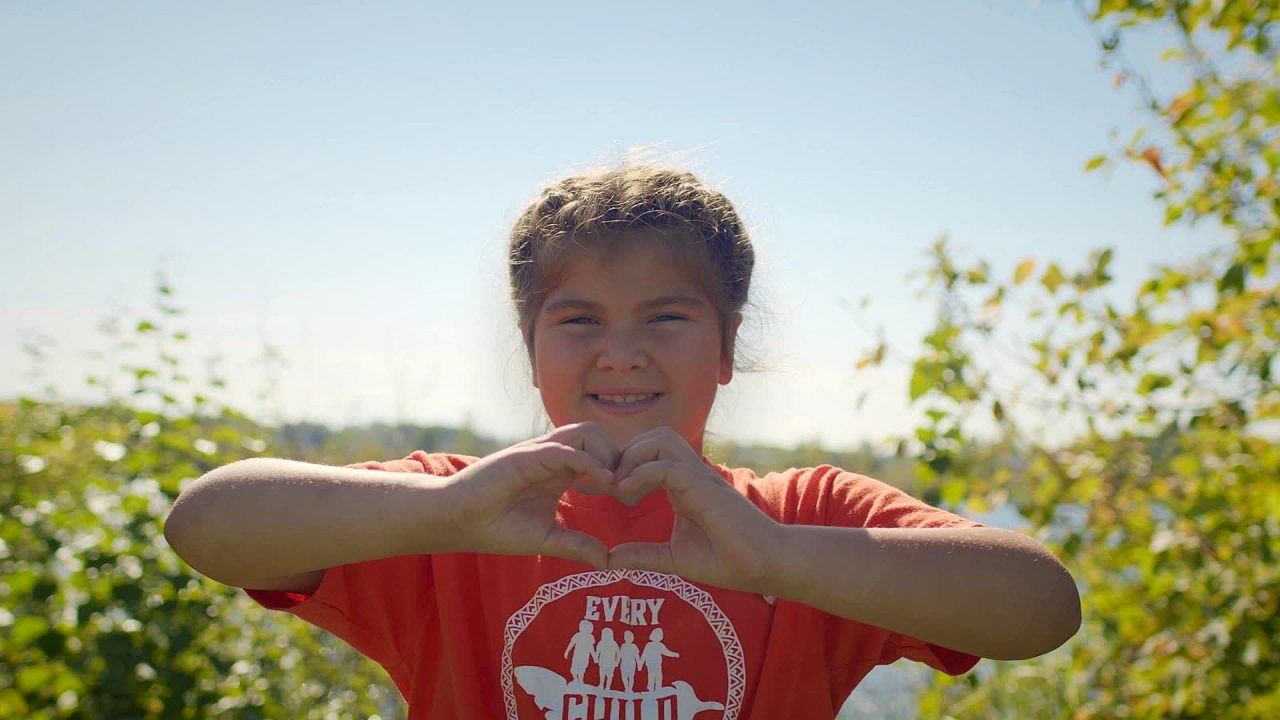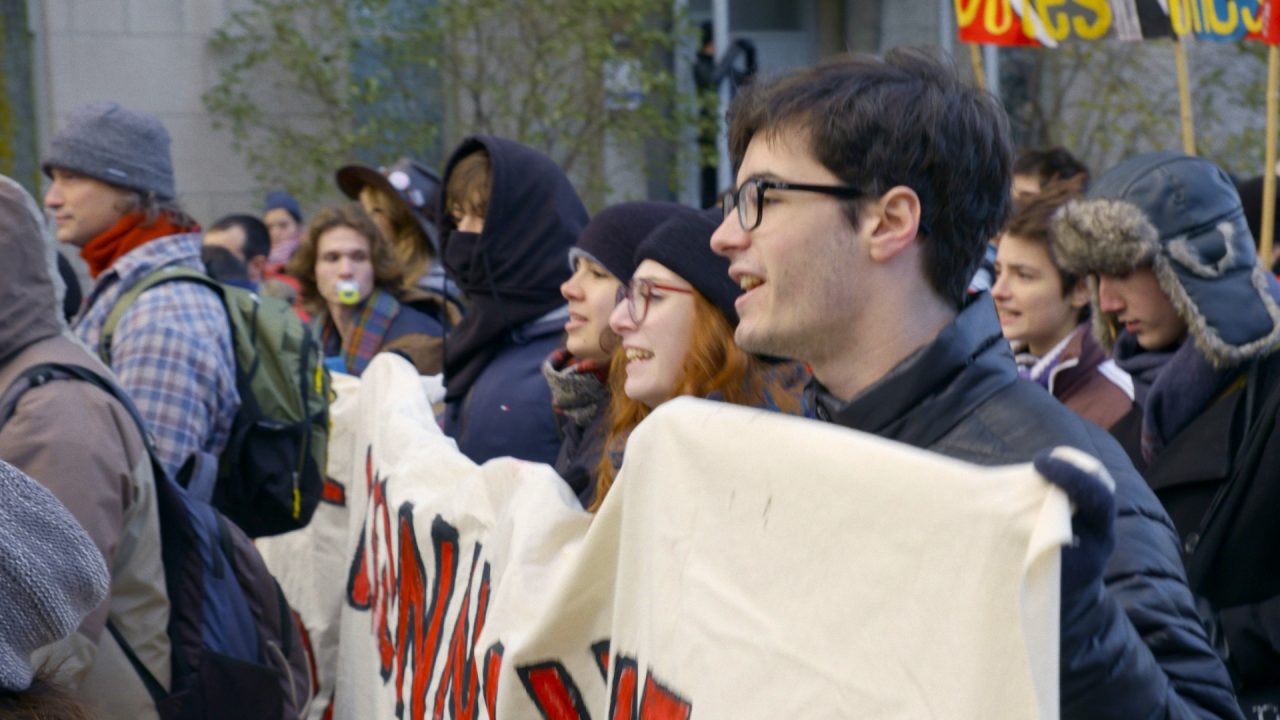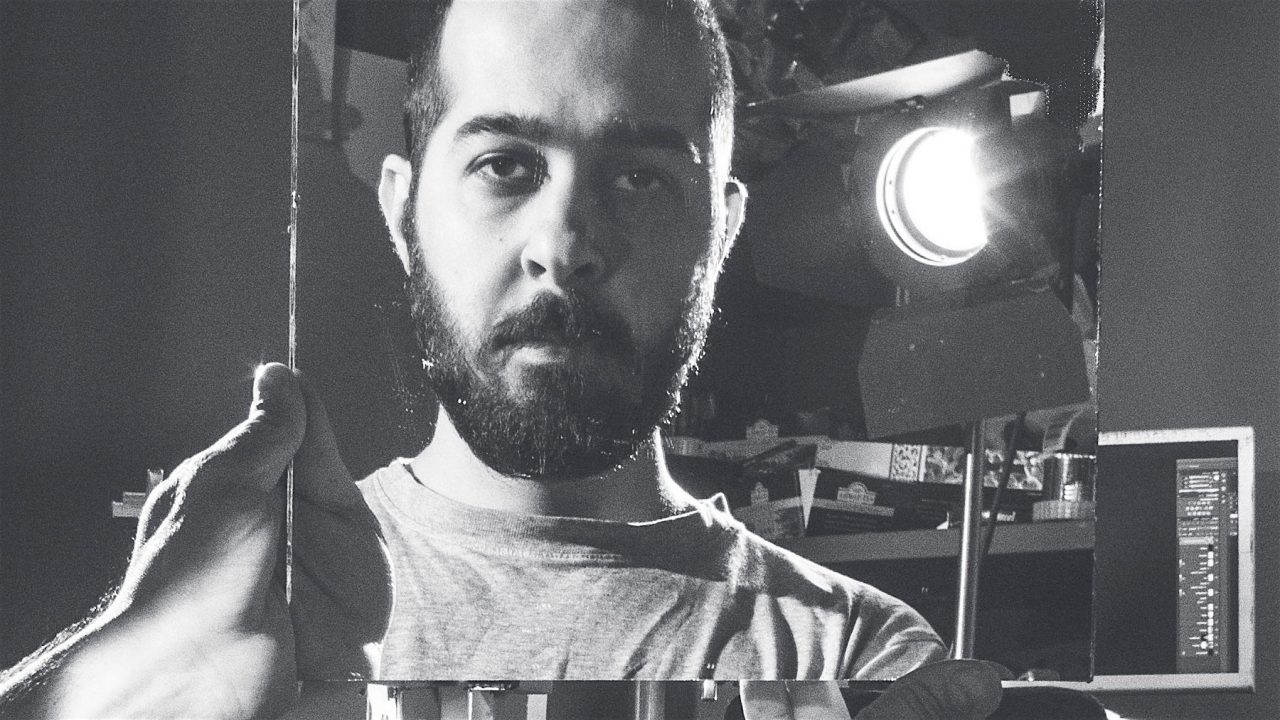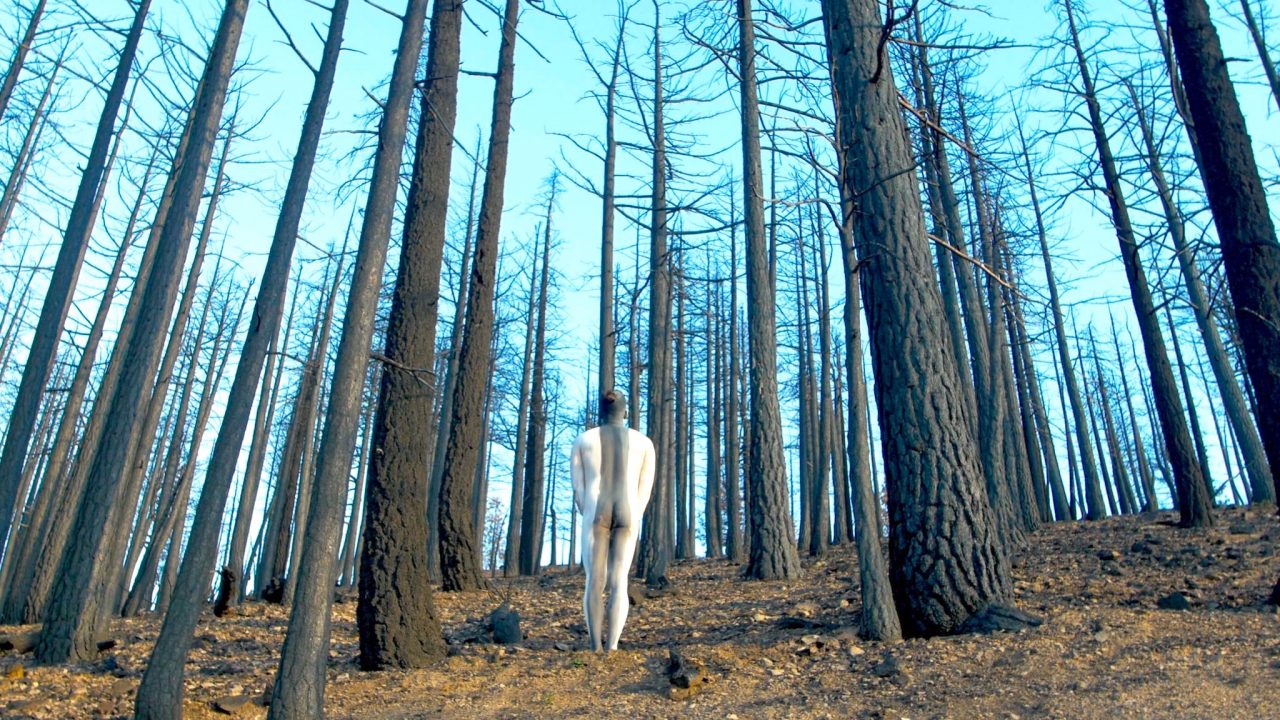The Tree That Remembers: Hope Wins Out Over Everything
The Tree That Remembers, Masoud Raouf, provided by the National Film Board of Canada
I recently had the chance to talk to filmmaker Masoud Raouf about his documentary The Tree That Remembers, a film that touched me deeply. It shows a group of Iranians who have lived through the hell of imprisonment and torture but continue to have hope for humanity. In North America, we know very little about what goes on in a society like Iran. This film offers several glimpses of what happened in that country during the Islamic revolution and, more importantly, why it happened.
The title refers to a young Iranian student who survived imprisonment and torture, and escaped to Canada only to commit suicide by hanging himself from a tree on the outskirts of a small Ontario town. This paradox always intrigued me. I was very interested to talk to Raouf about the film and the incredible people who appear in it.
Finding the story
Raouf does not talk about his own experiences as a political prisoner in the film. This is especially surprising since he prefaces the documentary by saying that the people appearing in it are ex-political prisoners who suffered torture like he did. He told me that he simply ran out of room to tell his own story and that he felt some of the testimonies offered by the others were more gripping. Instead, Raouf animates segments of his documentary, using intense colours that convey a sense of doom and dread, to represent what he lived through.
One of the most gripping testimonies belongs to Shekoufeh, a young woman who was imprisoned for eight years. She recreates the “prison coffins” where she was confined for so long to help tell her story. Raouf felt it would be easier for the audience to understand the horror of what she had gone through by presenting this visually than if they had merely talked about it. These sequences are very powerful, and her resilience is incredible.
All the interviews in the film are in English, which I found intriguing. Raouf made this choice because he felt it helped his subjects distance themselves from their experiences and better explain what they had gone through. He also wanted them to speak directly to non-Iranians. 32 people were interviewed, but as with his story, a lot of great material didn’t make it into the film due to time constraints.
I was disturbed by what several of the participants in the film say about the issue of apathy from non-Iranians to their plight. I felt that the fact that the film was made in Canada was proof that this was not the case. Raouf agreed. Based on people’s reactions to his film, he admitted that non-Iranians seemed much more interested in his story than the new generation of Iranians.
Distributing the film
When it came time to distribute the film, things got off to a great start. It had its world premiere at the Hot Docs Canadian International Documentary Festival on May 4, 2002, where it won the Silver Award for Best Canadian Documentary. It was broadcast on TVOntario a couple of weeks later to great acclaim. The film then played on many PBS stations in the United States, as well as on MHz Networks and Link TV. It later aired on several networks in Canada, including the documentary channel. Raouf said that the film was a success in North America.
However, distribution in Europe was disappointing, with television sales in only four countries: the Netherlands, Portugal, Finland and Spain (Catalonia). Raouf believes networks in Europe are only interested in “exotic” images of Iran, and his film was seen as too political. His documentary did not sell in the Arab world either. The only other television sale was to an Israeli network.
That said, the film is still popular almost a decade after its release. Raouf said he has heard of broadcasts on an underground Kurdish television station. And hundreds of DVD copies of his film are circulating in Iran. Someone even put the documentary on-line with Persian subtitles. One way or another, it is being seen.
Although The Tree That Remembers has its share of heart-wrenching moments, it remains a documentary about the resilience of the human spirit. While its subject is not easy, this film should not be missed. Thank you, Masoud, for allowing these people to tell their stories.




Austrian novelist Stefan Zweig final work prior to his tragic death is “Chess Story”. This book is translated to Farsi by Hooshiyar Montaseri. The translation is called chess player (shatranj baz)however.
In this story a person who was extremely frustrated (which has some similarities with Islamic Republic of Iran’s prisoners in coffins during 80’s) started to play chess in his mind to distract himself from what is going on around him and also to keep his advanced mental function. Obviously he plays on both sides as there were no one else to play with. I was wondering if someone could mentally preserve him or herself in a “coffin” situation by playing menthal chess?